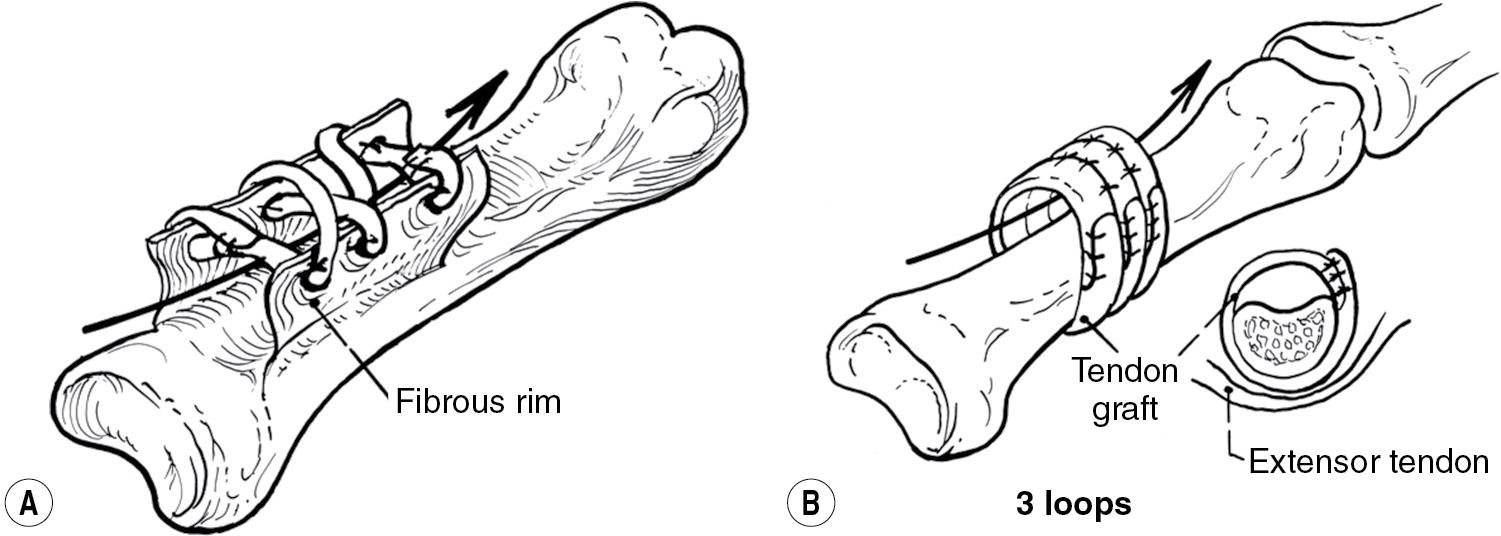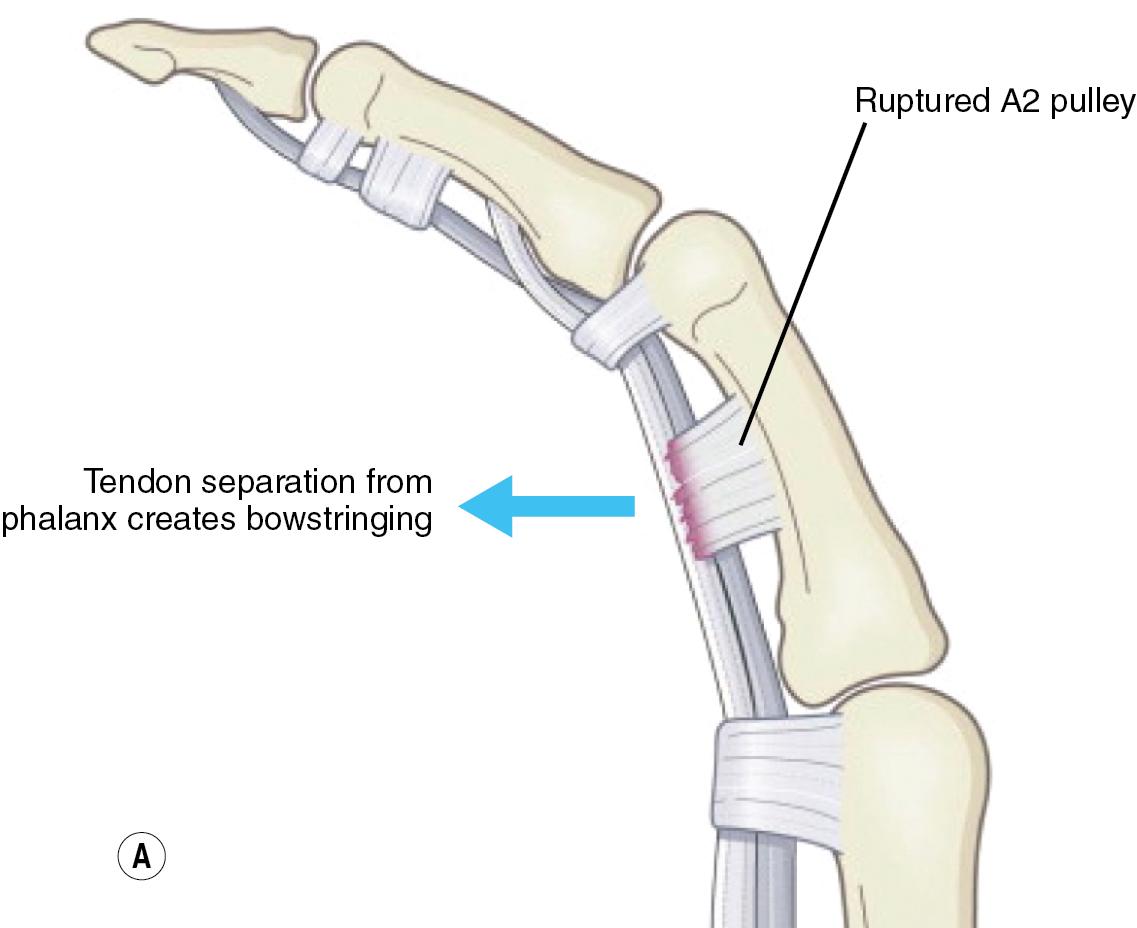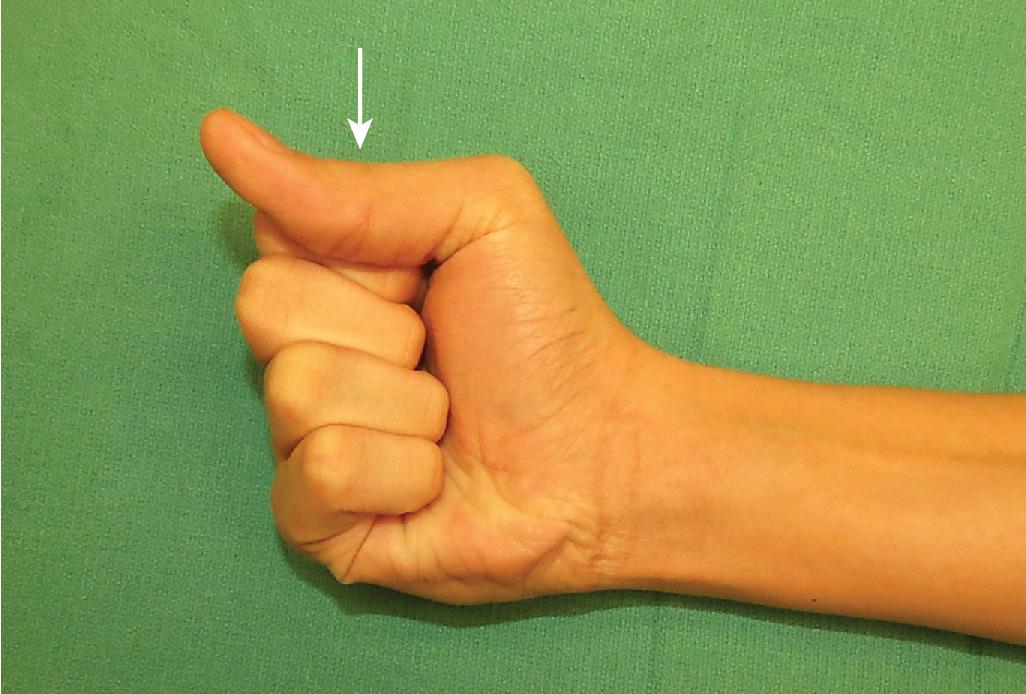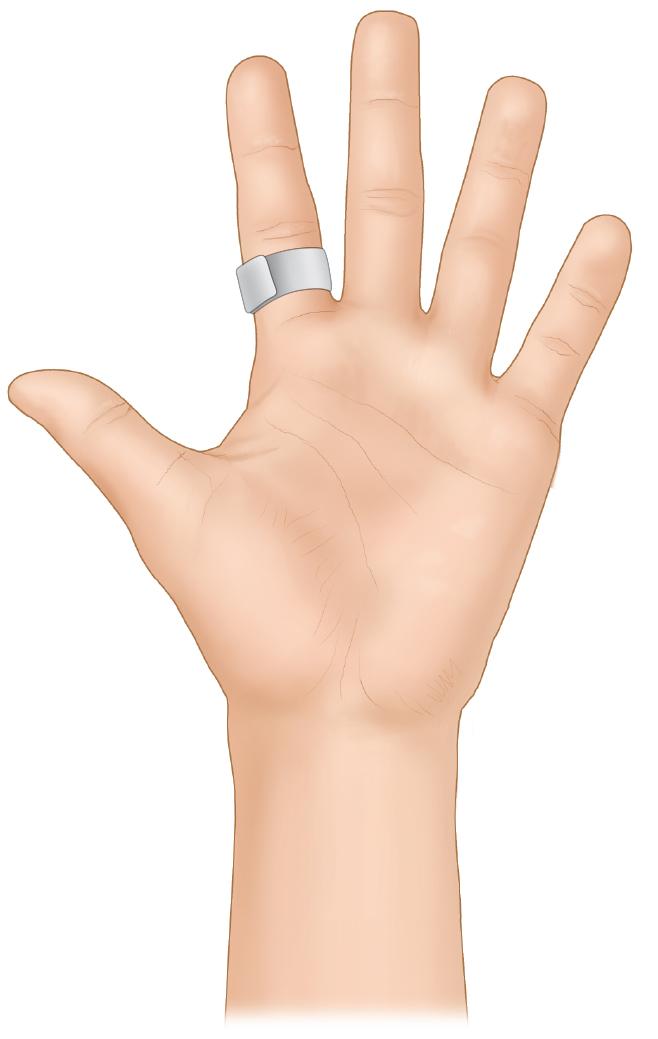Physical Address
304 North Cardinal St.
Dorchester Center, MA 02124
Although flexor tendon pulley reconstruction is not common, several surgical techniques have been described, including grafting to pulley remnants, Lister’s single loop of extensor retinaculum, Widstrom’s loop-and-a-half technique, and the triple loop technique.
Some surgeons prefer to use the triple loop technique because of the superior biomechanical result compared with the other reconstruction techniques, but using the pulley remnants is also acceptable ( Fig. 80.1A–B )

Surgical intervention is indicated in patients with spontaneous A2 pulley insufficiency with local tenderness caused by tendon bowstringing (after the failure of conservative therapy). Climbing activity is associated with pulley injury for many patients.
Postoperative A2 pulley insufficiency may occur after aggressive pulley release associated with trigger finger release, tendon repair, or tenolysis.
Severe open injury may require A2 pulley reconstruction.
Digit ischemia, poor soft-tissue coverage, and joint contractures are contraindications to pulley reconstruction.
All related joint contractures must be treated and fingers should have passive flexibility before pursuing pulley reconstruction.
Damage or resection of the flexor tendon pulley system results in volar displacement of the tendons and a decrease of interphalangeal (IP) joint motion. The A2 and A4 pulleys are the most important pulley structures. If half or more of the pulley system is damaged, tendon bowstringing ( Fig. 80.2A–B ) and loss of IP joint motion ( Fig. 80.3 ) may occur.


In patients with spontaneous A2 pulley insufficiency, a ring or other circumferential digit support orthotic ( Fig. 80.4 ) can reduce symptoms of tenderness and improve motion.

Pre-operative examination should confirm the presence or absence of the palmarislongus tendon. If absent, an alternative tendon graft may be used.
Become a Clinical Tree membership for Full access and enjoy Unlimited articles
If you are a member. Log in here